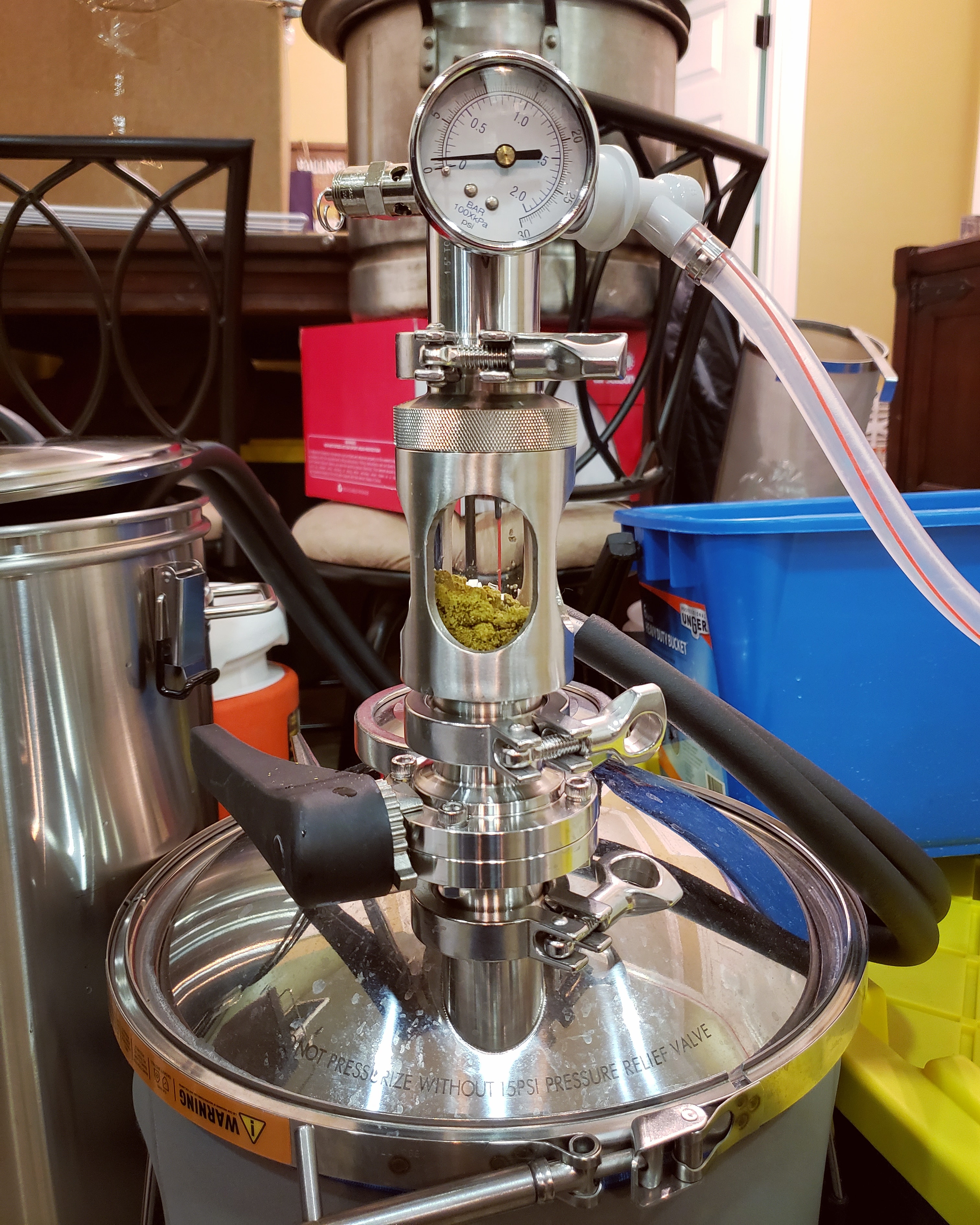Spike and Penguin are not engineering thier products to work together. I've had a ton of issues during cold crash with mine. I've effectively resigned to cold crashing down to 40F. No combinations of glycol temperatures, small temp drop steps, or ambient temperatures has been able to get me anywhere close to <35F on my beer. Additionally, the chiller itself drops a bunch of condensate all over my floor when it's struggling to keep temps down. It's infuriating for them to just point to each other after spending so much money on my system. Conveniently, I saw Penguin just released a chiller with a much larger glycol reservoir which I have been speculating is the main reason I can't hit my temps.
Cold crashing is the main reason I went with conical in a freezer over glycol in a coil route.
This is a long thread but if you are thinking about buying one of these there is some good experience shared in these pages. @mongoose33 described well his realization that he would need substantial insulation to get cold crashing to work well and I seem to remember him or someone else ended up building an insulated box to keep the conical in while crashing....
With conical in a freezer I have no issues cold crashing to sub 30F temperatures. I do have a small fan in my freezer and all that stainless steel surface area makes for excellent heat transfer. I use a dual probe dual stage temp controller to keep freezer from getting too cold when cold crashing but still can take my CF15 from 55F to 28F in less than a day. I've also had no issues with condensation. During summer I might get some condensation on floor of freezer but it's contained and easy to clean up.


![Craft A Brew - Safale BE-256 Yeast - Fermentis - Belgian Ale Dry Yeast - For Belgian & Strong Ales - Ingredients for Home Brewing - Beer Making Supplies - [3 Pack]](https://m.media-amazon.com/images/I/51bcKEwQmWL._SL500_.jpg)
























































